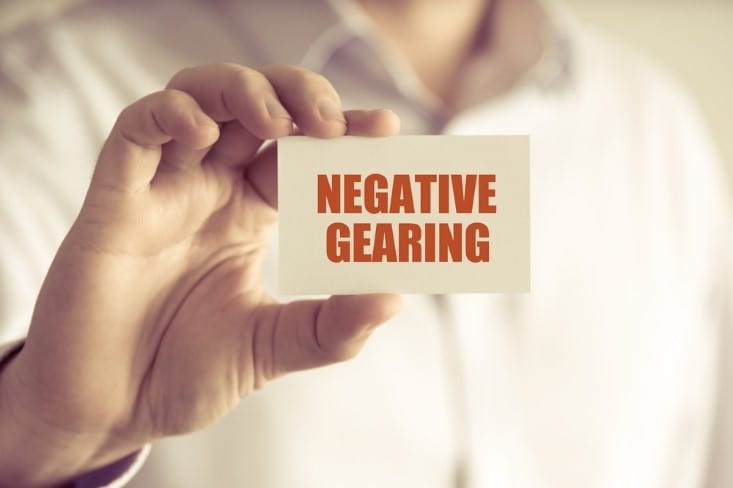How to Leverage Negative Gearing When Investing
When considering property investment strategies in Australia, negative gearing is a key concept to grasp. Gearing means borrowing money to purchase an asset like property. The more you borrow, the more you have to pay in interest. If you’re making a profit on your investment, you are positively geared. When you are making a loss, you are negatively geared.
Gearing is costing you money either way. It may seem better to be positively geared, but this isn’t always the case. Below, we explore why some property investors prefer to be negatively geared.
What is Negative Gearing?
Negative gearing occurs when the interest repayments and other expenses related to your loan are higher than the return you’re making. So, if you’re spending more on interest and upkeep costs for an investment property than you’re making in rent, you’re negatively geared.
It may seem counterintuitive to want your investments to cost more than they are making. However, many investors are prepared to tolerate making a loss if they are able to offset their losses with a capital gain in the future. An investment loss reduces your taxable income, which means lower taxes for you.
How Does Negative Gearing Work?
Negative gearing enables you to offset your loss against other income you earn, such as your salary. This reduces your tax bill by an amount equal to your effective marginal tax rate. This is multiplied by the excess of deductible expenses over your investment income, in other words, the tax loss on your investment property.
Some deductible expenses you can claim include:
- Body corporate fees
- Building construction cost write-off in some circumstances
- Council rates and water fees
- Depreciation on assets
- Insurance
- Interest
- Property inspections
- Repairs and maintenance
There are a number of things you can’t claim such as utilities, stamp duty, conveyancing costs and more, which are outlined on the ATO website.
Benefits of Negative Gearing
In addition to reducing your taxable income, another benefit of having a negatively geared property is the potential for capital growth. Reducing your tax bill offers a short-term gain, but you can also get a long-term financial boost when the value of your investment property rises. You may end up selling for more than the initial cost of the property plus the additional costs.
There are risks to negative gearing, and it may not be the best approach if you don’t have a sufficient amount of money to deal with initial losses or sudden changes in interest rates. Making the right decision when choosing where to buy investment properties is essential to success with this strategy. Negative gearing works if the property’s long-term capital growth is greater than the loss you make on the property.
Need Property Investment Tips in Australia?
If you’d like advice on how to invest in property, where to buy investment properties or services relating to buying and managing investment apartments in Australia, speak to the experienced team at H&T Realty in Sydney. Countless investors rely on our experienced consultants for property investment strategies and property investment tips. Call us today on 02 8045 5388 or contact us online.




